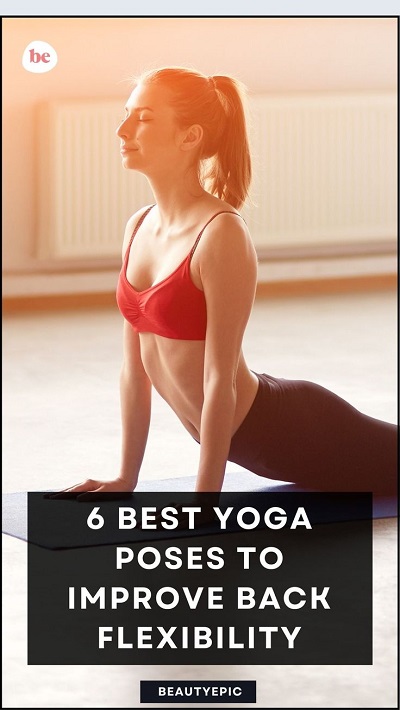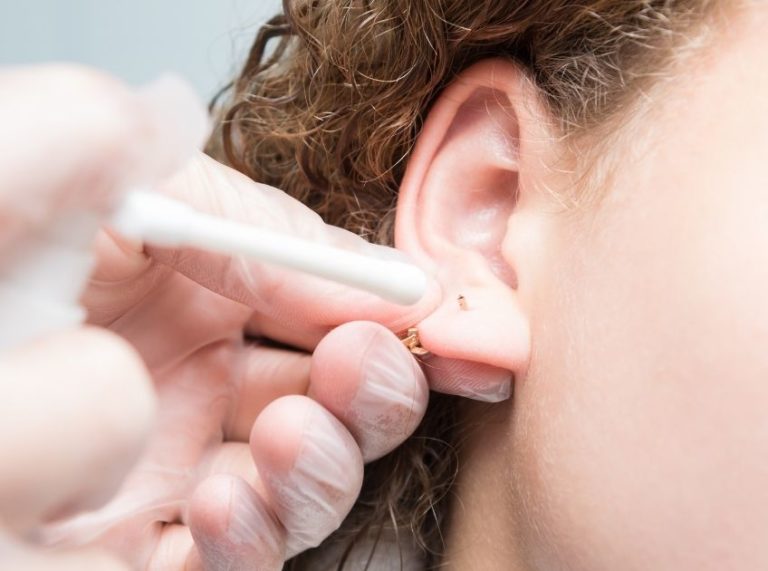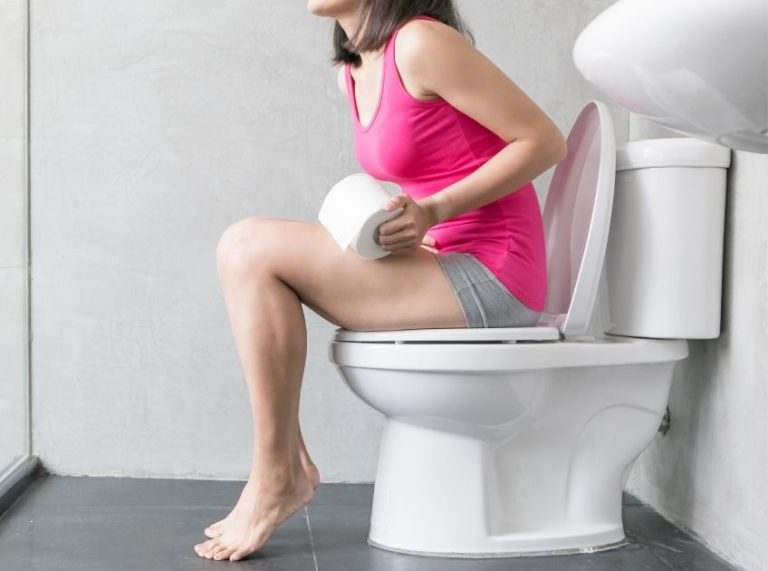
Important: This article is for informational purposes only. Please read our full disclaimer for more details.
Back pain… It’s a struggle that most of us can relate to at some point, right? Whether it’s from long hours at a desk, lifting something awkwardly, or just waking up on the wrong side of the bed—our backs take a beating. But here’s the good news: yoga can work wonders for improving back flexibility and easing that discomfort. Ready to feel more flexible, relaxed, and ready to take on the day? Let’s dive into these seven yoga poses that’ll help get your back moving in ways that’ll have you feeling better in no time.
1. Cat-Cow Pose (Marjaryasana-Bitilasana)

You’ve probably heard of this one. It’s often the first pose many of us do when starting a yoga practice. And there’s a reason for that—it’s a fantastic way to loosen up your spine.
How to do it:
- Start on your hands and knees. Align your wrists under your shoulders and your knees under your hips.
- On an inhale, drop your belly towards the mat and lift your chest, looking up (Cow Pose).
- On an exhale, round your spine, tuck your chin, and push the mat away (Cat Pose).
- Move slowly and fluidly between these two movements.
This dynamic stretch gets your back moving in both directions, improving flexibility and warming up your spine.
2. Child’s Pose (Balasana)

Ah, the ever-popular Child’s Pose. It’s like giving your back a cozy little hug.
How to do it:
- Start on your hands and knees, then sit your hips back towards your heels.
- Stretch your arms forward and relax your forehead to the mat.
- Breathe deeply and stay here for as long as it feels good.
Child’s Pose is perfect for giving your spine a nice, gentle stretch while also calming your nervous system. If your back’s feeling tight or tired, this pose is like a mini vacation.
3. Downward-Facing Dog (Adho Mukha Svanasana)

This one’s a classic for a reason—it stretches everything! From your hamstrings to your calves, shoulders, and, of course, your back.
How to do it:
- Start on your hands and knees, then lift your hips towards the ceiling, forming an upside-down “V.”
- Keep your hands shoulder-width apart and your feet hip-width apart.
- Press your heels toward the floor (don’t worry if they don’t touch).
- Allow your head to relax between your arms, and breathe deeply.
As you stretch your back, this pose also helps lengthen your spine, opening up your shoulders and releasing tension.
4. Seated Forward Fold (Paschimottanasana)

A simple yet incredibly effective stretch for your lower back.
How to do it:
- Sit on the floor with your legs extended straight in front of you.
- Inhale to lengthen your spine, then exhale and hinge forward from your hips, reaching for your feet.
- Keep your back as straight as possible, and relax your neck.
If you’re new to this one, don’t worry about touching your toes. Just focus on feeling a deep stretch along your spine and hamstrings. Over time, you’ll notice that your back becomes more flexible and relaxed.
5. Cobra Pose (Bhujangasana)

Here’s a great one for your lower back. Cobra Pose helps to strengthen the spine while gently stretching it in the opposite direction.
How to do it:
- Lie flat on your stomach, with your legs extended behind you and the tops of your feet pressing into the mat.
- Place your hands under your shoulders, elbows tucked in close to your body.
- Inhale as you press into your hands, lifting your chest off the ground.
- Keep your elbows slightly bent and avoid pushing too hard into your lower back.
This pose opens up the front of your body and gives your back the love it needs, promoting flexibility without overstraining.
6. Thread The Needle (Urdhva Mukha Pasasana)

This one’s not just about flexibility—it’s also a great way to relieve tension between your shoulder blades.
How to do it:
- Start in a tabletop position (hands and knees).
- Slide your right arm underneath your left arm, bringing your right shoulder and temple to the mat.
- Keep your left arm extended in front of you or bend it to support your head.
- Stay here and breathe deeply, then switch sides.
You’ll feel a nice stretch through your upper back and shoulders, and your spine will thank you.
7. Supine Twist (Supta Matsyendrasana)

Ahh, the supine twist. This one’s a total game-changer for releasing lower back tightness.
How to do it:
- Lie on your back and hug your knees to your chest.
- Extend your arms out to the sides in a “T” shape.
- Drop your knees to one side, keeping both shoulders grounded on the mat.
- Look in the opposite direction and stay there for a few breaths.
- Repeat on the other side.
This gentle twist helps to release tension in your spine and stretch your back muscles. It’s great for loosening up those stubborn spots.
Final Thoughts
There you have it—seven yoga poses that’ll do wonders for your back flexibility. The best part? You don’t need to be a yoga pro to feel the benefits. Whether you’re a beginner or a seasoned yogi, these poses can be done at your own pace, and the more you practice, the more you’ll notice the difference.
So, grab your mat and give these poses a try! Your back will thank you. Remember, flexibility is a journey, not a race. Stay patient, listen to your body, and enjoy the process.
Ready to start your practice? Let’s stretch it out together!
Related Articles
- Why Do I Have Back Pain And Nausea?
- Pregnancy Back Massage: How To Do It, Benefits And Precautions
- The 10 Best Foods That Help Reduce Back Pain
- Home Remedies for Back Pain: Ease Back Pain Naturally
- 10 Simple Yoga Poses for Back Pain
- 7 Best Yoga Poses for Lower Back Pain Relief
- Yoga for Upper Back Pain: 5 Best Yoga Poses to Relieve Upper Back Pain
















